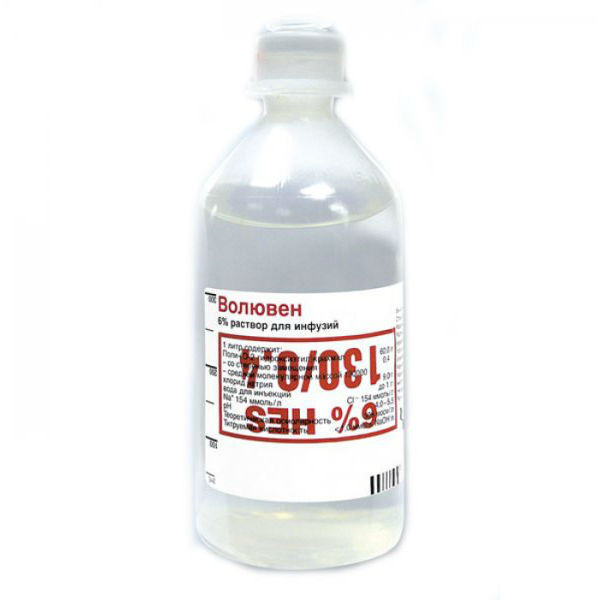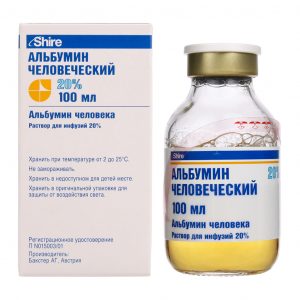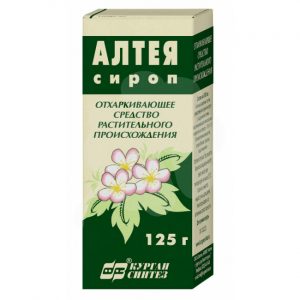Description
Release form
Infusion solution 6% clear or slightly opalescent, colorless or faint yellow.
Packaging
250 ml – polyolefin freeflex containers (30) – cardboard boxes.
Pharmacological action
Plasma substitution drug.
Voluven is a hydroxyethylated starch (HES) solution, which is obtained from amylopectin of waxy maize and is characterized by molecular weight and degree of substitution. For Voluven, the average molecular weight is 130,000 Da, and the degree of substitution is 0.4, which means that there are 4 hydroxyethyl groups per 10 glucose residues of amylopectin. HES is structurally related to glycogen, which explains its high tolerance and low risk of anaphylactic reactions. Voluven is characterized by high stability of the solution and does not give flocculation with temperature fluctuations.
Voluven is an isooncotic plasma-substituting solution, so when it is injected, the volume of intravascular fluid increases in proportion to the volume entered Voluven.
The persistent volemic effect of Voluven is 100% within 4 hours from the moment the drug is introduced into the vascular bed. The therapeutic effect lasts up to 6 hours.
Indications
treatment and prevention of hypovolemia of any genesis and shock (due to injuries, including spinal injury with damage to the spinal cord, blood loss, burns, sepsis, multiple organ failure, in the postoperative period, acute adrenal insufficiency, anaphylaxis and other conditions, accompanied by the development of collapse)
acute normovolemic hemodilution
therapeutic hemodilution
filling of the extracorporeal circulation apparatus.
Contraindications
hyperhydration
hypervolemia
congestive heart failure
severe blood clotting loss of blood pressure
severe renal failure with oliguria or anuria
use in patients undergoing hemodialysis
hyperchlo remia
hypernatremia
hypersensitivity to the drug.
Use in cases of impaired liver function
Special care is required for severe liver failure.
Use for impaired renal function
The drug is contraindicated for use in severe renal failure with oliguria or anuria and in patients undergoing hemodialysis
Use in children
Children under the age of 2 years who underwent surgery (excluding cardiac), tolerability when used Voluvena during surgery was comparable to tolerance of 5% albumin.
Use during pregnancy and lactation
Clinical data on the use of the drug Voluven during pregnancy and lactation are not available.
The use of the drug during pregnancy is possible only if the potential benefit to the mother outweighs the potential risk to the fetus.
In experimental animal studies, no direct or indirect adverse effects on pregnancy, the development of the embryo / fetus, childbirth and postnatal development were revealed. Signs of teratogenicity were not observed.
Special instructions
As with other solutions, when carrying out plasma replacement therapy, fluid overload should be avoided. The risk of overhydration is especially increased for patients with heart failure or severe renal impairment. In this case, the indications for infusion should be clarified.
In cases of severe dehydration, saline should be preferred. Particular care is required for severe liver failure or blood clotting disorders, including in severe cases of von Willebrand disease. It is important to observe the provision of sufficient fluid, regular monitoring of kidney function and fluid balance.
Serum electrolytes should be monitored.
In the treatment of patients whose blood group is not defined, it should be borne in mind that the introduction of Voluven in high doses can affect the agglutination reaction and give false-positive results in determining the blood group.
Administration of HES can lead to an increase in serum amylase. This effect should not be considered as a violation of the function of the pancreas, but as a result of the formation of a complex of HES with amylase followed by a delay in its excretion through the kidneys. Currently, cases of such interaction are unknown. The drug does not affect the increase in serum glucose after hydrolysis with -Amylase and can be used in patients with diabetes mellitus.
Pediatric use
The dose for children should be selected individually in accordance with the need for colloids and taking into account the severity of the underlying disease, hemodynamic parameters, and water balance.
Composition
1000 ml: active substances:
– poly (O-2-hydroxyethyl) starch 60 g (molar substitution degree – 0.4 average molecular weight – 130,000 Yes)
– sodium chloride 9 g
excipients:
– sodium hydroxide (for pH correction) – qs
– hydrochloric acid (for pH correction) – qs
– water for injection – up to 1000 ml
– electrolytes: Na + – 154 mmol / l Cl- 154 mmol / l
indicators: theoretical osmolarity – 308 mosmol / l titratable acidity – less than 1 mmol NaOH / l pH – 45.5
Dosage and administration
The drug is administered by prolonged iv infusion.
The first 10-20 ml of the solution should be administered slowly, with careful monitoring of the patient’s condition, due to the risk of anaphylactoid reactions.
The daily dose and rate of infusion depend on the degree of blood loss, maintenance or restoration of hemodynamics, and the degree of hemodilution (blood dilution).
In situations requiring quick compensation of hypovolemia and emergency replenishment of bcc, you can use 500 ml of the solution in plastic containers under pressure. In this case, before the introduction of Voluven, it is necessary to remove air from the container in order to prevent the occurrence of air embolism.
The maximum daily dose is 50 ml / kg body weight / day, which corresponds to 3750 ml / day with a patient body weight of 75 kg.
In children under the age of 2 years who underwent surgical interventions (excluding cardiological), tolerance during the application of Voluven during operations was comparable to the tolerance of 5% albumin.
To supplement the BCC in adults, the maximum dose is 50 ml / kg / day in children and adolescents aged 10-18 years old – 33 ml / kg / day in children aged 2-10 years – 25 ml / kg / day in newborns and children under the age of 2 years – 25 ml / kg / day.
Voluven can be administered repeatedly over several days, depending on the clinical situation. The duration of treatment depends on the duration and severity of hypovolemia, on the hemodynamic efficacy of the drug and on hemodilution.
Side effects
Dermatological reactions: prolonged administration at high doses – skin itching.
On the part of laboratory parameters: an increase in serum amylase concentration is possible. When using the drug in high doses, due to the dilution effect, it is possible to dilute blood components, reduce hematocrit, as well as coagulation factors and plasma proteins. In this regard, during the infusion, the activity of coagulation factor VIII (von Willebrand) can be reduced. Bleeding times and other indicators of blood coagulation may increase. However, these changes are significantly reduced compared to those with previous generations of HES infusion, and recover to their original level 6 hours after the cessation of drug infusion.
Other: allergic reactions of varying severity.
Drug Interactions
Avoid mixing Voluven with other drugs. If this is required in exceptional cases, you should check the compatibility of drugs (turbidity, precipitation), observe aseptic rules when mixing and ensure good mixing.
Overdose
Symptoms: congestion of the circulatory system (eg, pulmonary edema).
Treatment: discontinuation of the drug, if necessary, appoint a diuretic.
Storage conditions
The product should be stored out of reach of children, in a dry, dark place at a temperature not exceeding 25 ° C. Do not freeze
Use only clear solutions in undamaged packaging. After opening the vial or container, the solution should be used immediately. The unused solution should be destroyed.
Shelf life
In freeflex containers – 3 years
In vials – 5 years.
Deystvuyushtee substance
GidroksiÑtilkrahmal
Terms and conditions otpuska from drugstores
prescription
Fresenius Cabi, Germany




